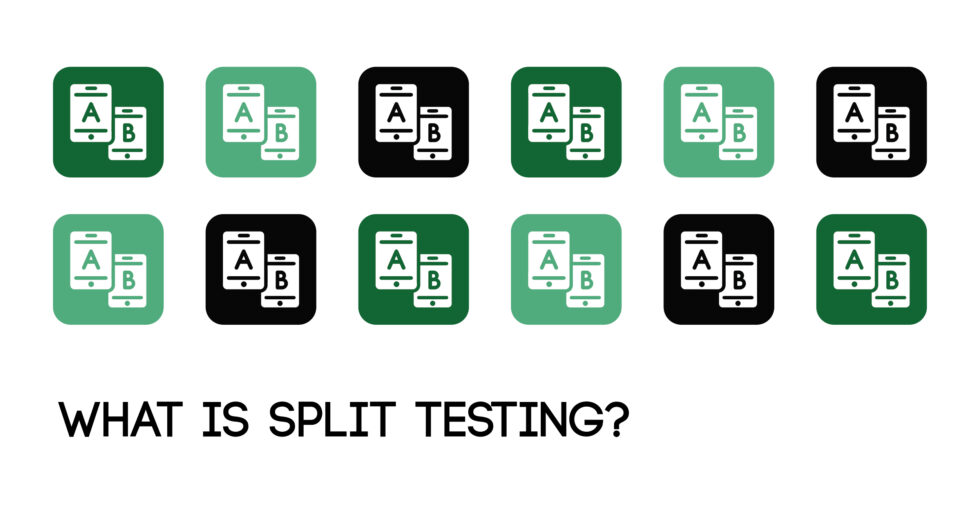
What is Split Testing?
Split testing is an extremely important step in running successful social media ad campaigns. It is a method of conducting a controlled experiment of learning what ads perform the best for your campaign. Split testing can also be referred to as A/B testing since you are comparing one setting against another. If you aren’t familiar with split testing and why you should do it, we will go over all of that and more!
The goal of split testing is to compare pictures, text, or links to find the top-performing ad for your business. By comparing these different variables, you can see that a graphic might not be performing as well as an image or that your headline with an emoji seems to be capturing more views than one without.
It is important to make sure that when conducting a split test, you pick one variable to track at a time. This lets you understand what is making a difference and what is not. If you change two things on the ads, then you won’t know what specific variable is making the difference. Finding the ad that outperforms the others is important because it can increase ROI by 10 times!
Three major metrics to monitor are click-through rate, click-to-submission rate, and view-to-submission rate.
Want to have a little more hands-on help when creating your next social media advertising campaign? First, check out our post on ‘Facebook Advertising Objectives’ and then send us a message to start chatting!